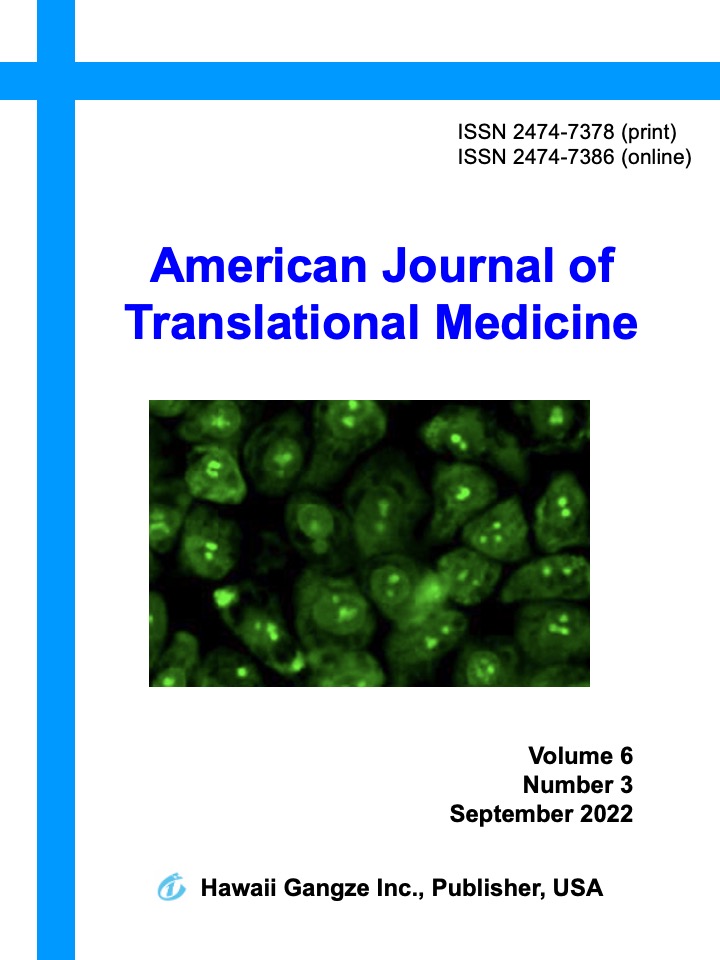Abstract
BACKGROUND: Pancreaticoduodenectomy (PD) or pylorus-preserving pancreaticoduodenectomy (PPPD) was once the traditional surgical procedure for space-occupying diseases of the head of the pancreas. Duodenum-preserving pancreatic head resection (DPPHR), proposed by Beger in 1972 for the treatment of chronic pancreatitis, has become a surgical option for benign or partially low-grade malignant masses of the head of the pancreas [1]. With developments in medicine, there are more and better options for surgical procedures. In the era of rapid development of laparoscopic technology, laparoscopic duodenum-preserving pancreatic head resection (LDPPHR) remains challenging, especially in Yunnan Province, which is located remotely with poor economic level and unadvanced medical equipment; therefore, fewer such operations are performed in Yunnan, with fewer reports. The relevant experience is insufficient. METHODS: A case of laparoscopic duodenopancreatectomy performed at the Department of Hepatobiliary Surgery of the First People's Hospital of Yunnan Province in March 2021 was analyzed retrospectively. We summarized the key points and difficulties in the process of diagnosis and treatment in addition to the advantages and disadvantages of the operation, combined with the latest guidelines, to improve our understanding. RESULT: Over the course of the study, the diagnosis and treatment of the patient were clear and correct, the operation was complication-free, the operation time was 290 minutes, the intraoperative blood loss was 50 ml, and no blood transfusion was required. There were no serious complications after the operation, such as bleeding, pancreatic leakage, bile leakage, duodenal fistula, or common bile duct stenosis. CONCLUSIONS: LDPPHR implementation in accordance with the indications is safe and feasible, and doctors in remote areas should review the latest guidelines, learn the latest techniques, and apply this procedure under safe circumstances. We should continue to make progress, conduct a clinical promotion on a large scale, and continue to improve patient outcomes. (Am J Transl Med 2022. 6(3):137-142).

